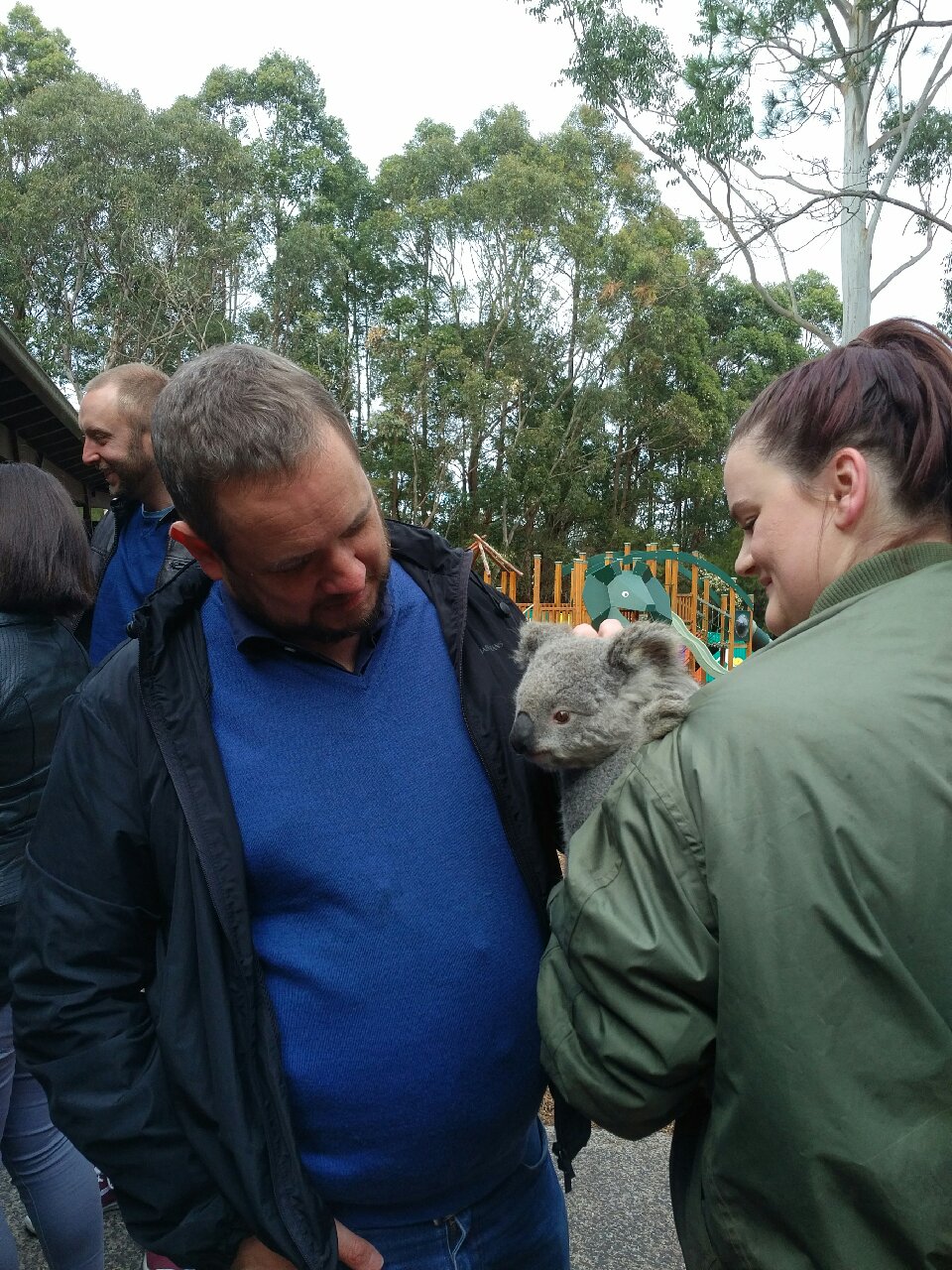Back comes the comment, from a senior exec: "In question 28, we should be saying 'green' not 'purple'."
Now, as a team, you had extensive, well-informed discussions about this. Shall we do it in green? Or what about purple?
Green? Maybe purple. No: after careful analysis, green's the right thing to say.
So do you simply capitulate to the demands of the reviewer?
There's an important principle here, which I always like to set out clearly at the start of the review process - sometimes to the surprise of very senior managers, but rarely provoking disagreement:
"Reviewers are not gods."
We value your suggestions. We'll look at whether they'd enhance our proposal. But, no matter how senior you are, we reserve their right to decide not to act on the recommendation you've offered up.
Posted by Jon


 RSS Feed
RSS Feed
